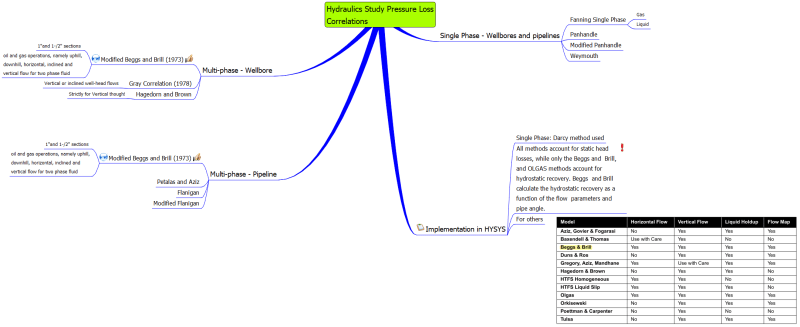nicolai
Mechanical
- Sep 27, 2000
- 42
hi everyone
I am looking for references on hydraulic calculations ( pipe, pump sizing etc) for hydrocarbons
which formulas are applicable etc.
any advice would be appreciated.
I am looking for references on hydraulic calculations ( pipe, pump sizing etc) for hydrocarbons
which formulas are applicable etc.
any advice would be appreciated.


